Access to EMTP user presentations, webinars, and slide deck presentations.
41 presentations for transmission:
Author(s): Anton Stepanov
Type:Technical Presentation
Date: 2020-12-11
Abstract
<p>Sub-synchronous oscillations are an undesirable phenomenon in power systems. It is associated with the energy exchange between different elements of the system. Power electronics-base... see mored devices, such as windfarms and AC/DC converters are also prone to such oscillations. In this presentation, a case of sub-synchronous oscillations between type 3 wind turbines and MMC-based HVDC transmission is demonstrated and analyzed using EMTP.</p><p>
Overview: - Introduction - System overview - SSO demonstration - Analysis – Conclusions</p>
Author(s): Ilhan Kocar, Polytechnique Montréal
Type:Technical Presentation
Date: 2020-11-20
Abstract
<h2 class="title">EMTP USA User Conference 2019 </h2> <p class="tagline"><b>The validation of field measured... see more switching overvoltages, inclusion of statistical prestrike and corona modeling</b></p> <p id="text-intro">This presentation is on the simulation of switching overvoltages on transmission lines with trapped charge, validation of EMTP line models, modeling of prestrike in statistical simulation studies and discussion of necessary simulation practices by means of validations with field tests. On transmission lines where switching surges are not mitigated with closing resistors and/or surge arresters, high-speed reclosing on a line with trapped charge will produce high overvoltages that have been measured above 3 pu. Careful simulations of these switching events using available Electromagnetic Transient (EMT) programs consistently produce significantly higher voltages than the measurements. It is demonstrated that the transient voltage waveforms can be reproduced very well using frequency-dependent line models, but the magnitude of the maximum overvoltage is significantly overestimated unless the effect of corona is considered. In principle, once a line model is validated, it is possible to proceed with statistical simulation phase to identify the worst-case overvoltage, which is of utmost importance for transmission line and substation related issues such as the evaluation of minimum approach distance and clearance practices. However, before proceeding with statistical simulation phase, it is also necessary to tune the prestrike model in EMTP. In this presentation, we also discuss how to benefit from field tests to fine tune the generic prestrike model in EMTP and then how to proceed with statistical simulation studies while taking corona into account in an efficient manner.</p>
Author(s): Anton Stepanov, Polytechnique Montréal
Type:Technical Presentation
Date: 2020-11-20
Abstract
<h2 class="title">EMTP USA User Conference 2019 </h2> <p class="tagline"><b>Sub-synchronous oscillations wit... see moreh type 3 wind turbines and MMC-HVDC</b></p> <p id="text-intro">Sub-synchronous oscillations is an undesirable phenomenon in power systems. It is associated with the energy exchange between different elements of the system. Power electronics-based devices, such as windfarms and AC/DC converters are also prone to such oscillations. In this presentation, a case of sub-synchronous oscillations between type 3 wind turbines and MMC-based HVDC transmission is demonstrated and analyzed using EMTP.
Author(s): Pierre Rault, RTE
Type:Technical Presentation
Date: 2020-11-20
Abstract
<h2 class="title">EMTP Europe User Conference 2019 </h2> <p class="tagline"><b>The EMTP User Conference pres... see moreentations are now available online!</b></p> <p id="text-intro"><b>Influence of HVDC Controls on Transient Stability of Synchronous Machines</b><br> With the energy transition in France and in Europe, the transmission grid is strongly impacted by the forthcoming connection of power electronics devices, such as offshore wind farms and HVDC interconnections. These new devices use power electronics converters that generate transients which are usually more complex to analyzed than for standard AC devices, in particular during faults. These phenomena can have an impact on the grid stability.<br> The presentation will focus on the transient stability studies of synchronous generator influenced by power electronics devices. The objective is to compare the critical fault clearing time for different fault locations, fault conditions and different HVDC converter fault ride through control strategies. Generic test cases as well as real scenarios are considered. In this study, the critical time is obtained with bisection method thanks to the new parameter sweep toolbox.
Author(s): Ulas Karaagac, Hong Kong Polytechnic University
Type:Technical Presentation
Date: 2020-11-20
Abstract
<h6 class="text-black" style="padding-bottom: 30px; padding-top: 30px; text-align: justify;">Speaker: <strong>Ulas Karaagac</stro... see moreng>, <em>Hong Kong Polytechnic University</em></h6> <p class="text-black">Subsynchronous control interaction (SSCI) is the interaction between the power electronics control and the series compensated transmission system that occurs at frequencies below the system nominal frequency. SSCI may occur between the doubly-fed induction generator (DFIG) control system and the series compensated transmission line, to which the wind park (WP) is connected. Not only the DFIG control system parameters, but also the WP operating conditions have significant impact on SSCI.<br><br>This presentation will demonstrate the impact of WP operating conditions and DFIG control system parameters on SSCI. Guidelines will be also presented for modifying the DFIG control system parameters to ensure safe operation and acceptable transient responses due to faults. In addition, the accuracies of various analytical tools used for SSCI problem identification will be discussed.</p>
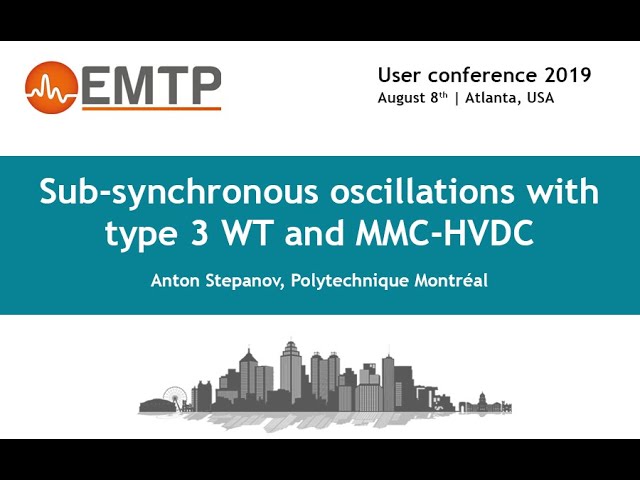
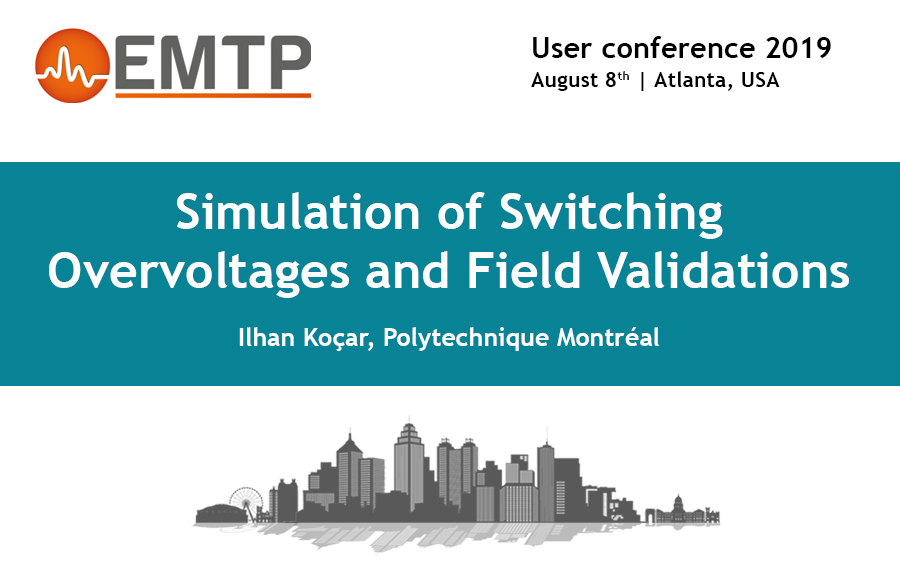
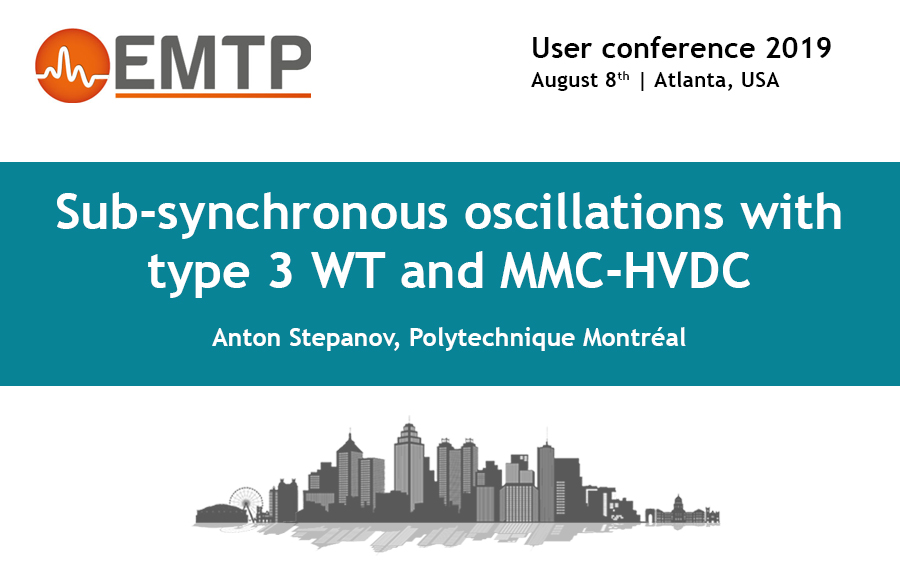
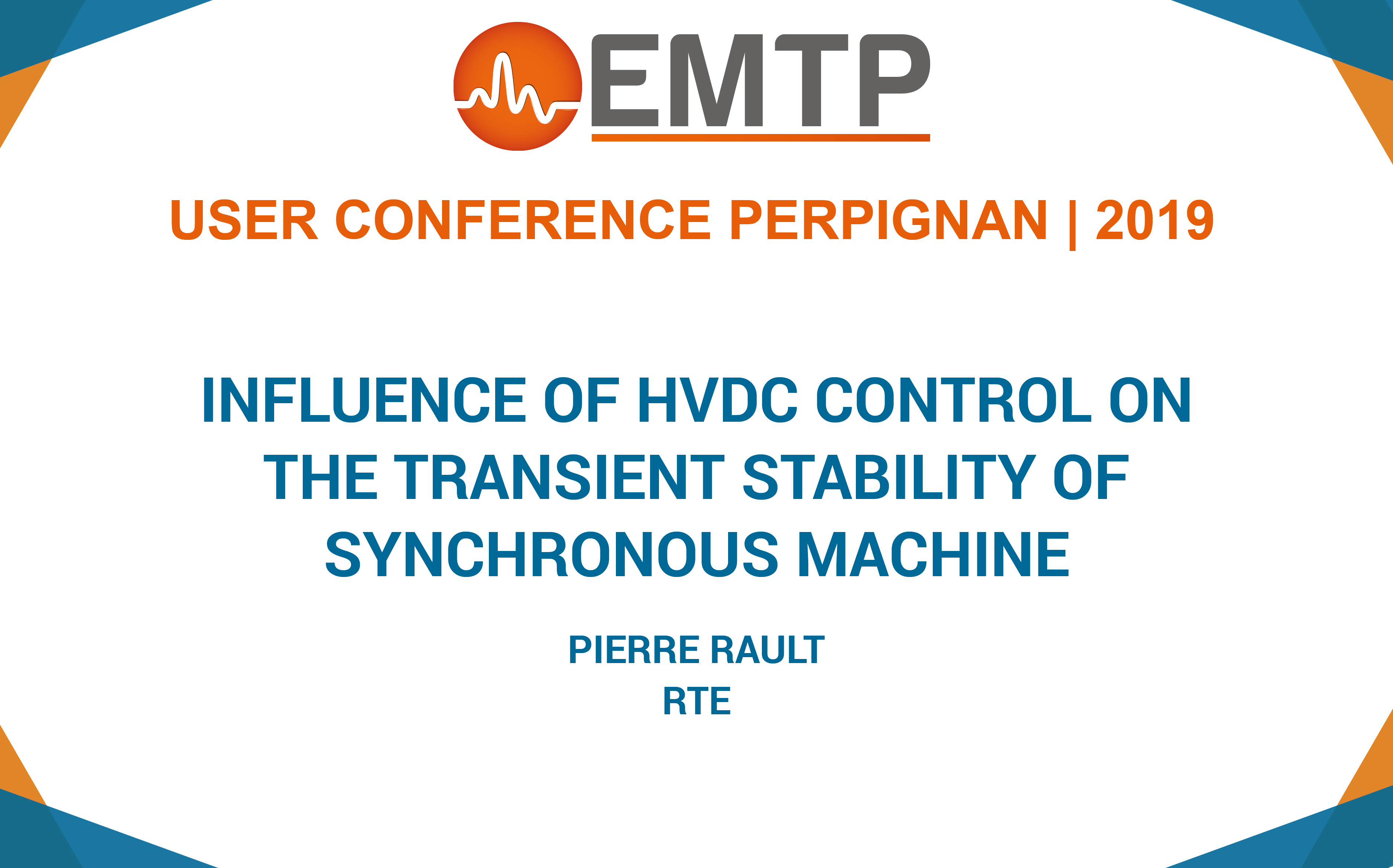
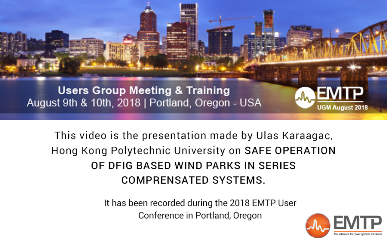
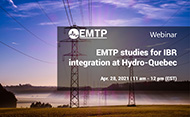
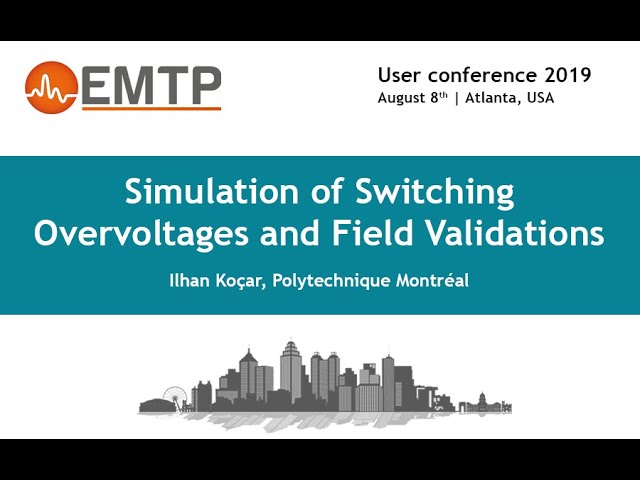
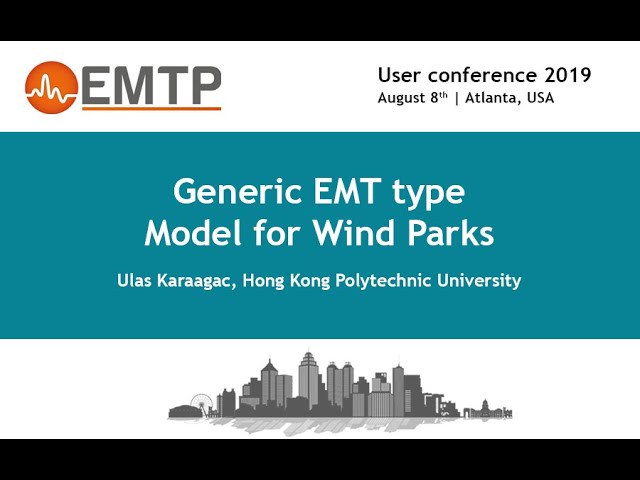
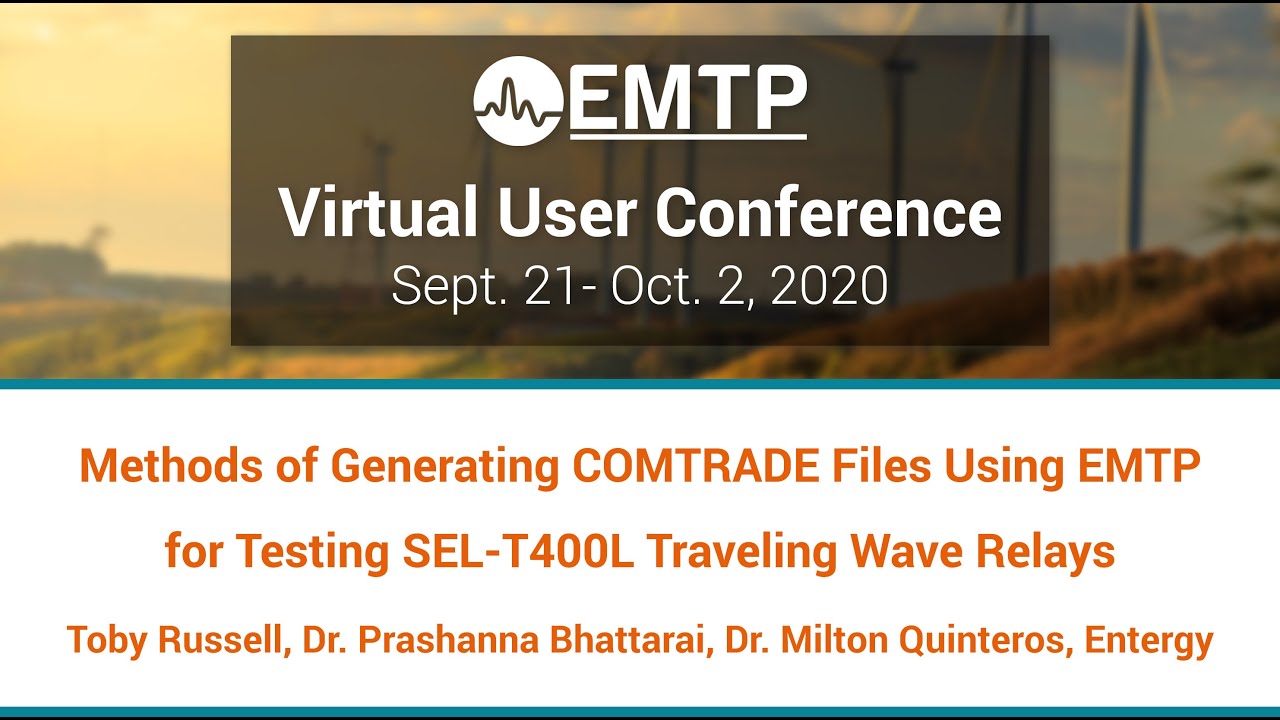
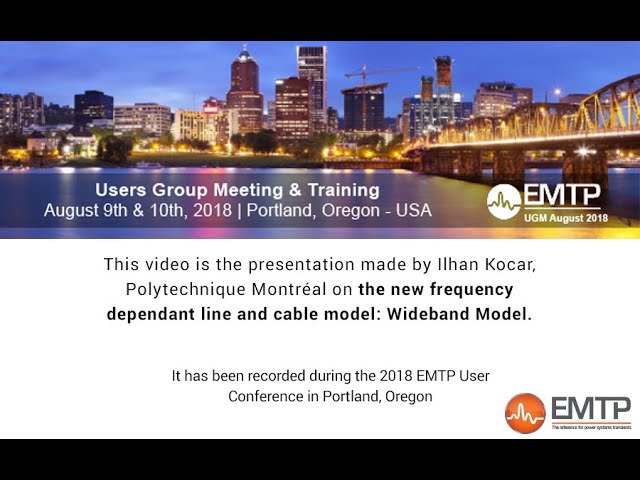
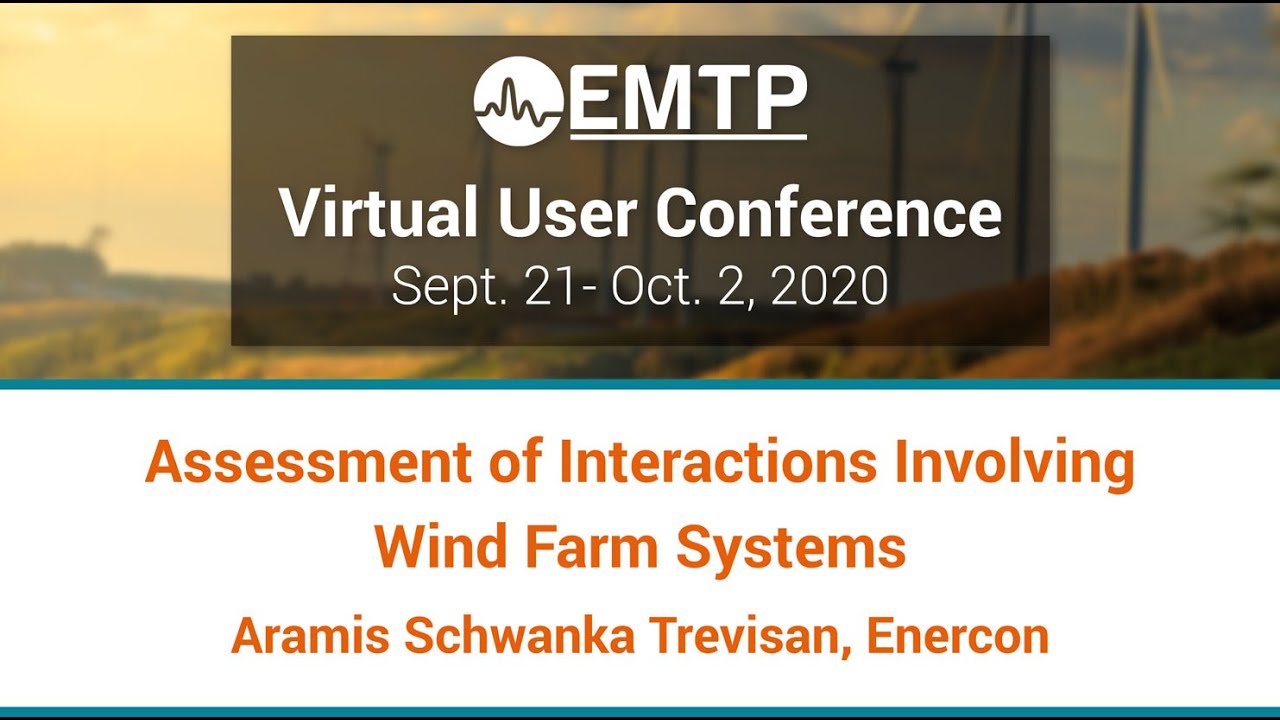
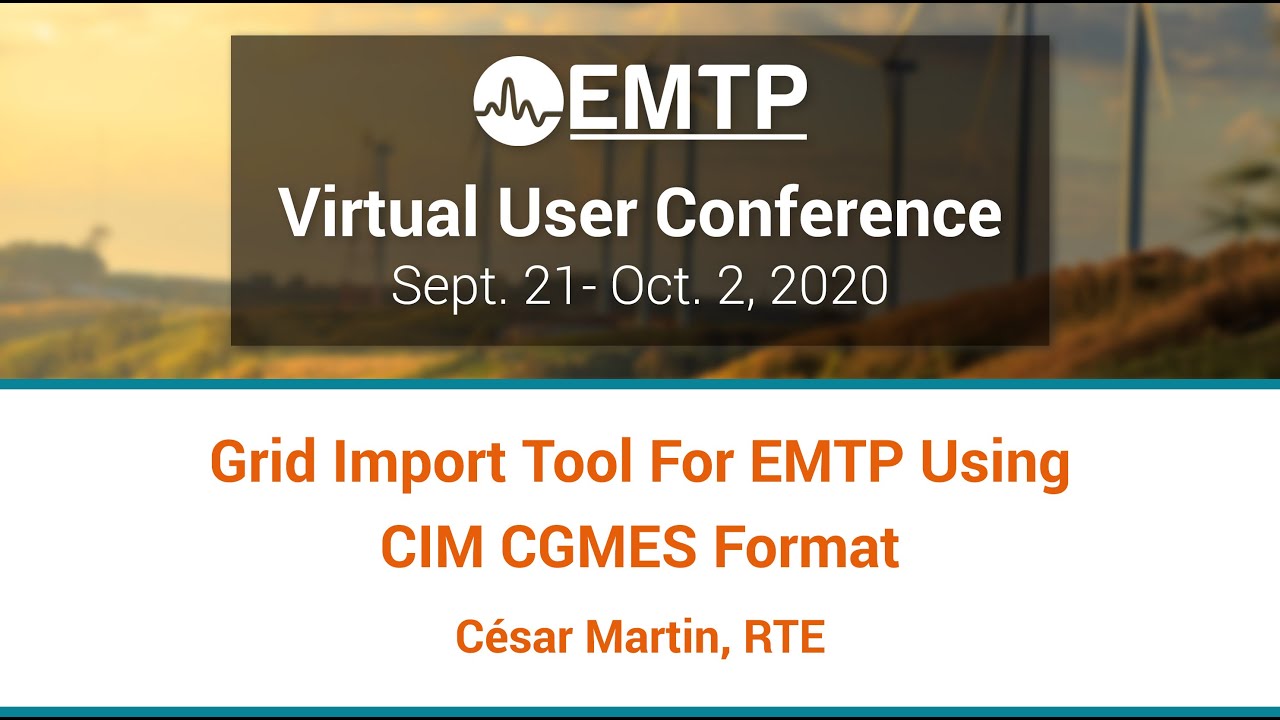
![[R&D]_EMTP : Recherche et développement [R&D]_EMTP : Recherche et développement](https://www.emtp.com/system/files/imagecache/presentation/slide1_1.jpg)
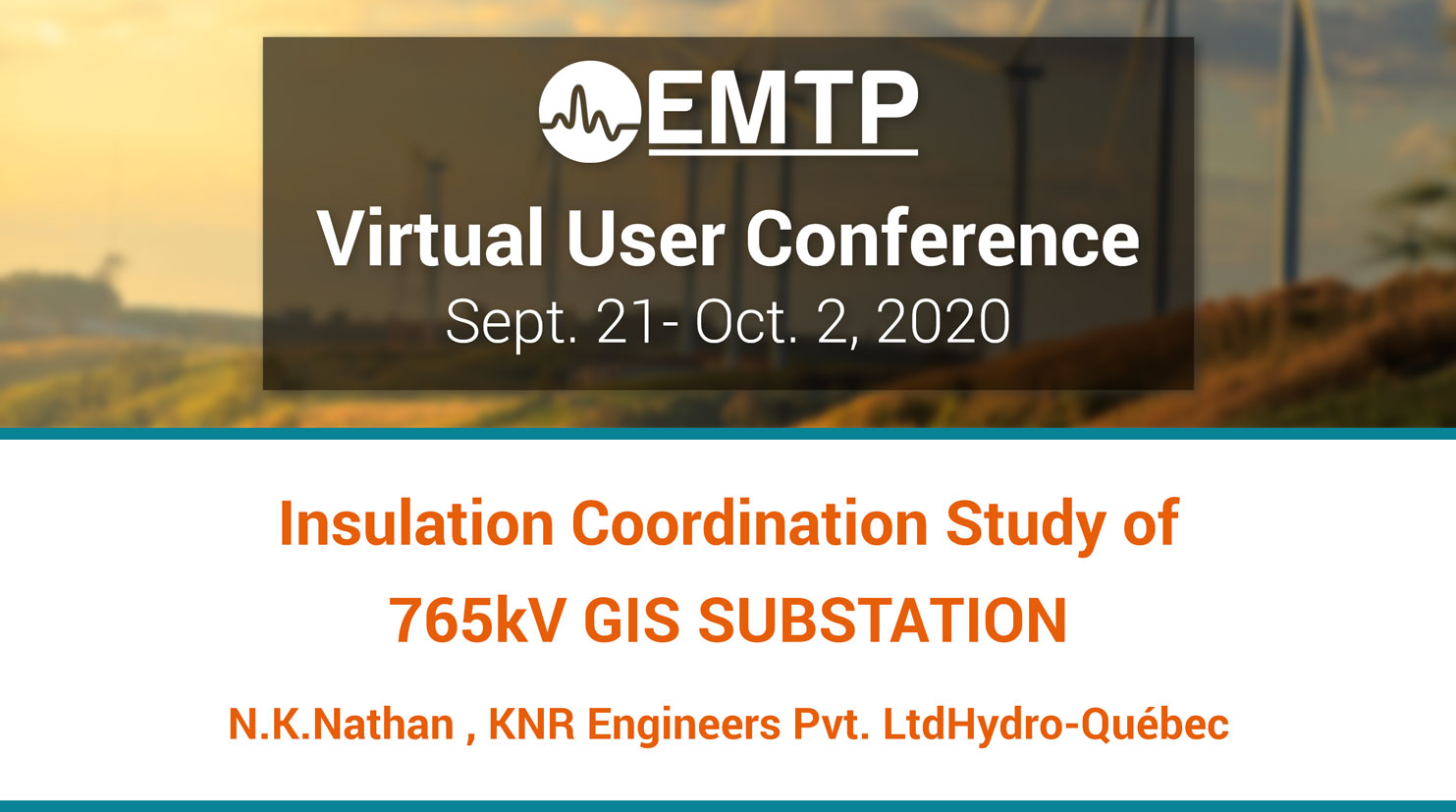
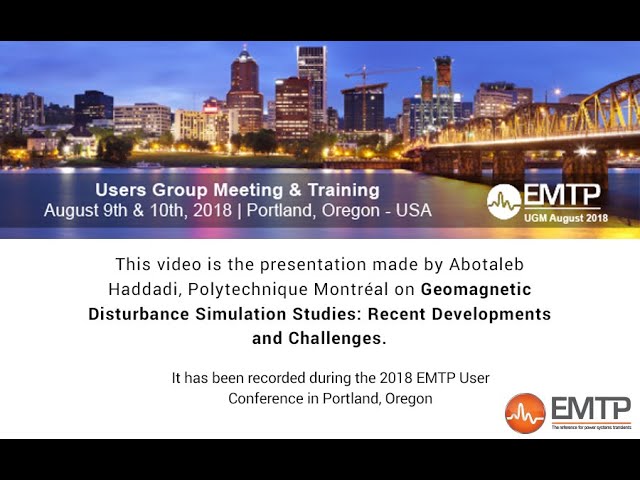
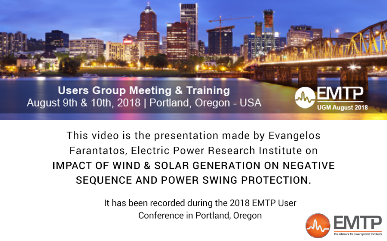
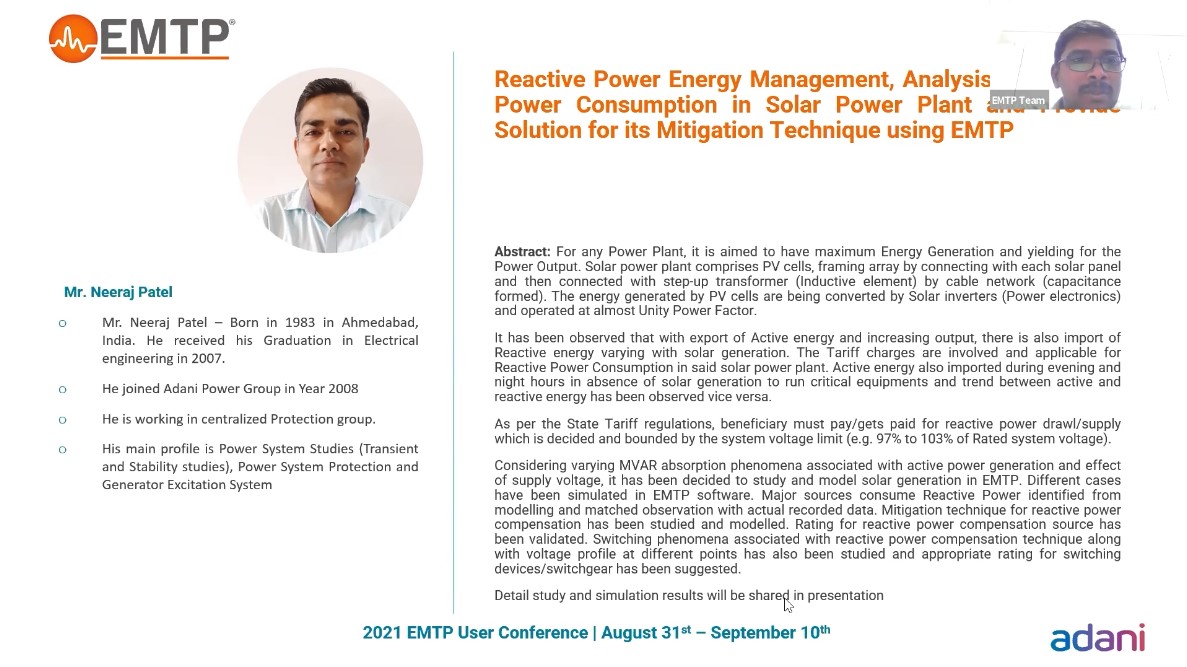
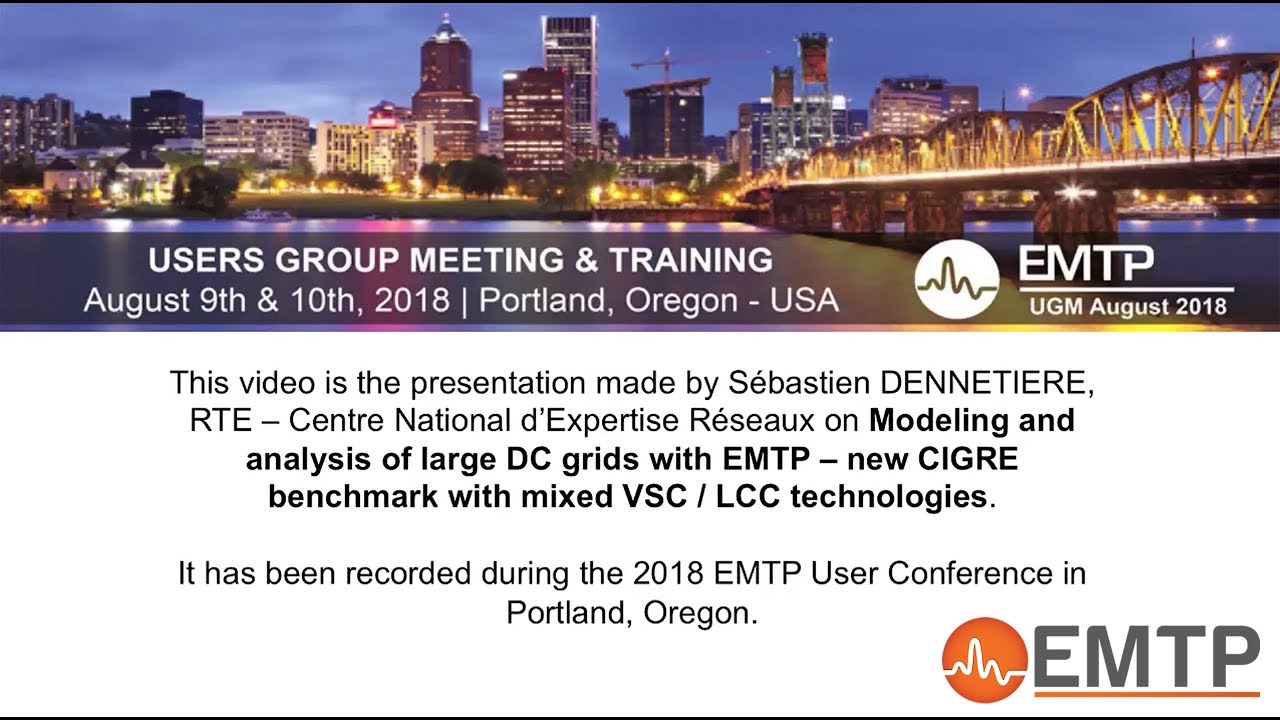
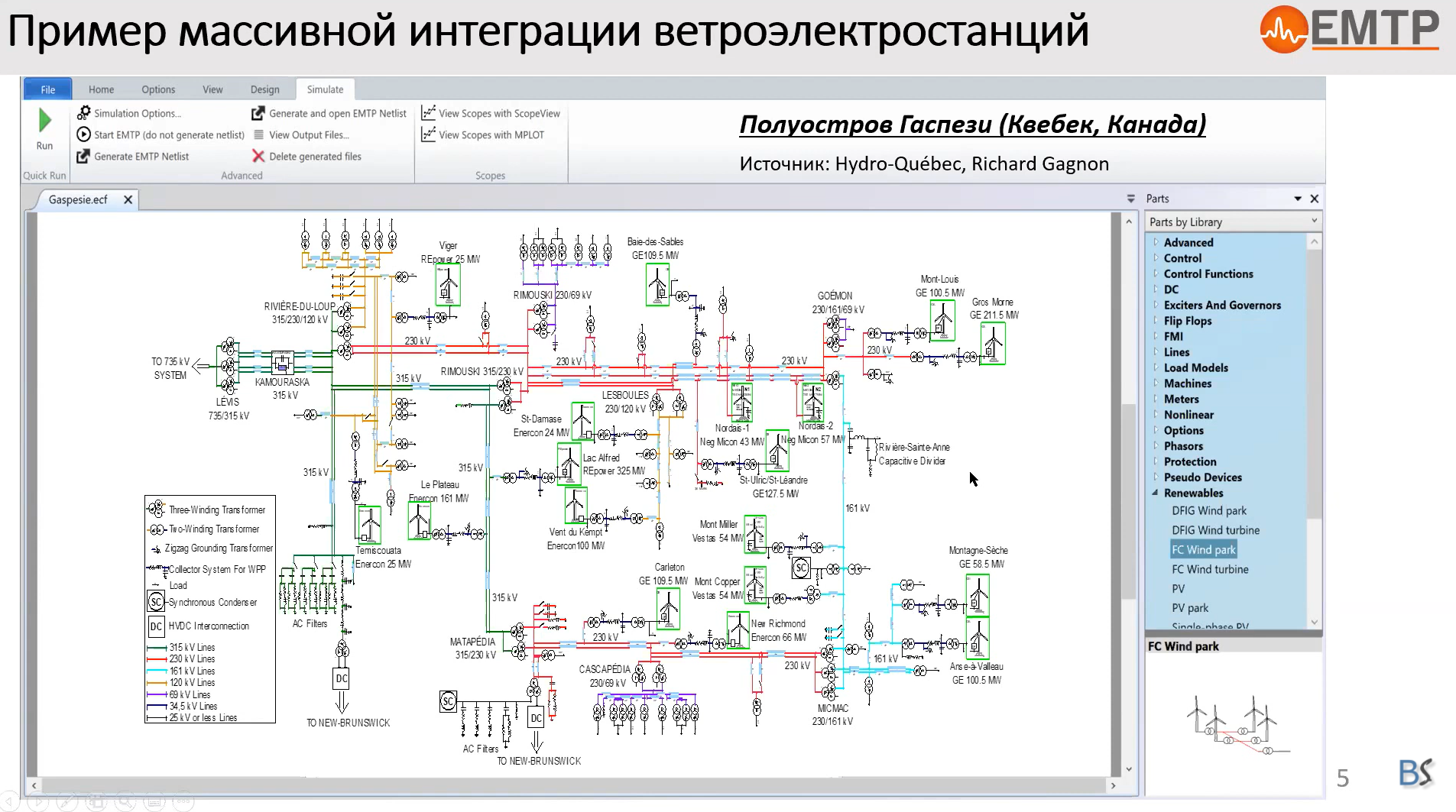
![[Protection_Devices]_Étude des courants coupés par les sectionneurs de changemen [Protection_Devices]_Étude des courants coupés par les sectionneurs de changemen](https://www.emtp.com/system/files/imagecache/presentation/TechnicalPresentation1.jpg)
